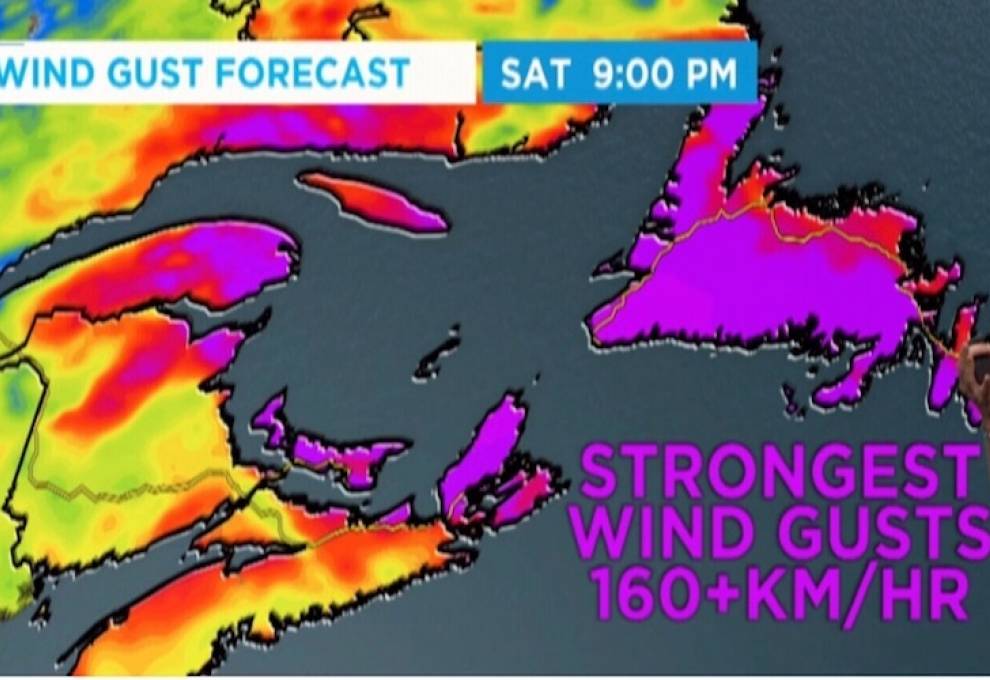
Prince Edward Island (PEI) took a direct hit from Hurricane Fiona. Mary Robinson, president of the Canadian Federation of Agriculture, farms in PEI and experienced the storm first-hand.
“On the bigger, more substantive repair jobs and rebuilds, the stress is very high,” she tweeted on October 1. “Harvest is starting and winter is close. Getting this year’s crop and animals tucked in fast enough will be challenging. #Plant23 will be closer than we think.”
The island is also home to a lowbush blueberry industry.
“We were very lucky that our wild blueberry harvest was complete before the hurricane, so this year's crop was not affected,” reports JoAnn Pineau, executive manager of the PEI Wild Blueberry Association. “However, many growers have lost their windbreaks or have trees down in their fields, and that will take significant time and money to clean up. It seems that several growers also had damage to storage buildings and farm infrastructure. It's too early to determine how this has affected future crops. Right now, we're surveying our membership to determine how extensive the damage is, and what financial assistance will be required.”
Nova Scotia also experienced the storm, but damage appears to be less severe. The Scotian Gold Cooperative, headquartered in Coldbrook, Nova Scotia, was fortunate not to be in the direct path of Hurricane Fiona. It represents 50+ grower families in the Annapolis Valley and packs 60 per cent of apples grown in Atlantic Canada. Overall, losses are anticipated to be down less than 10 per cent.
“There were orchards that lost 30 per cent of their fruit and others that lost only a few,” says David Parrish, president and CEO, Scotian Gold Cooperative. “When Hurricane Fiona hit, we were just nicely starting the harvest on Honeycrisp which would be our largest variety. We were only 25 per cent through total harvest of all varieties when the hurricane hit.”
“Ambrosia was affected the worst as this variety has a tendency for the stem to break easier than others. Honeycrisp was probably number two for losses, because they were so close to harvest and the trees were loaded with their crop.”
Parrish expects limited long-term damage. At Scotian Gold, no structural damage was sustained and power was lost only for a few hours.
As far as Nova Scotia’s grape sector is concerned, some vineyards experienced more negative effects than others, depending on location. “Damage registered across Nova Scotia is berry skin damage, some berry splitting and trellis systems with broken poles,” wrote Francisco Diez, in his Perennia blog. “Extra attention must be considered with varieties expected to be hanged longer, scouting to take a look at any potential botrytis and products to manage them in case to be necessary.”
Source: Interviews, Perennia Grape Blog

Add new comment